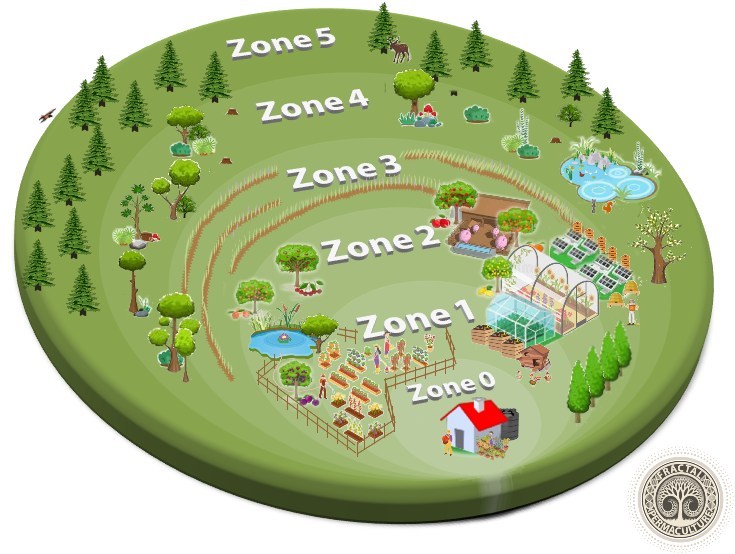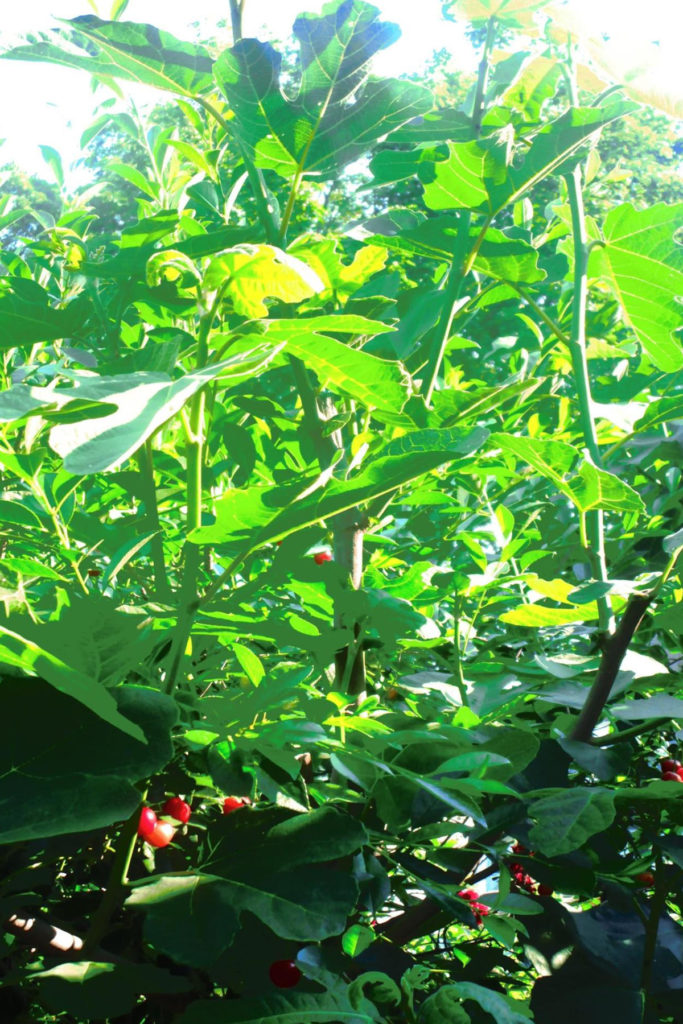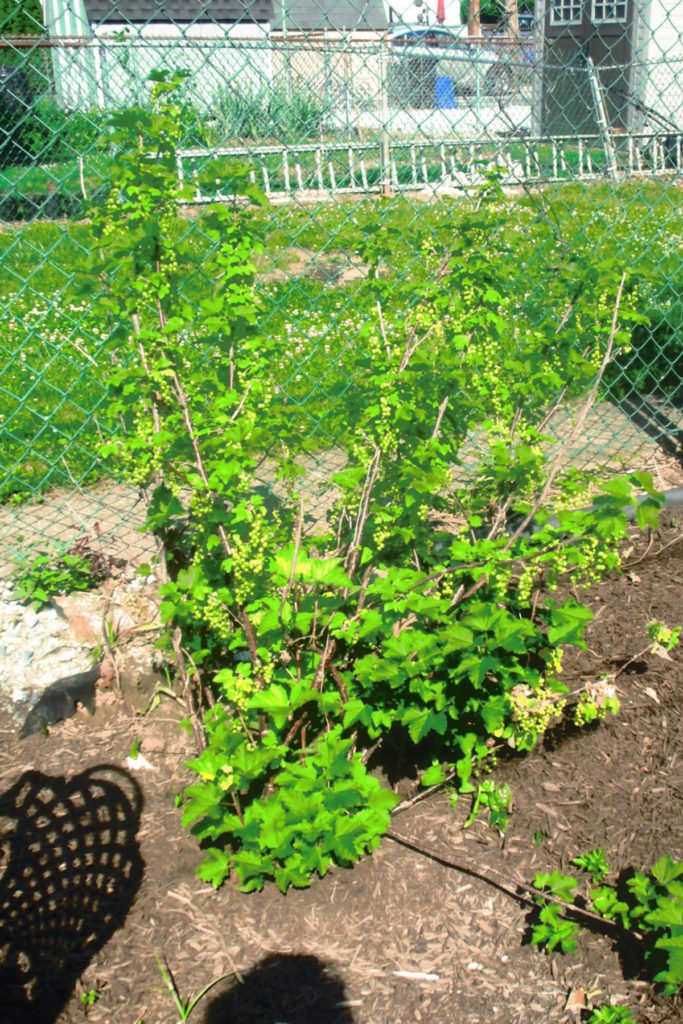
Denise
Professor Communication and Media
Denise is a devoted organic gardener who challenges herself to live as sustainably as possible in her home in southeastern Pennsylvania. She is a professor in the Department of Communication and Media at West Chester University with a Ph.D. from Kent State University. Her teaching and research areas consist of sustainability, close interpersonal relationships, integrating work and family, and conflict resolution.
Learn more about Denise
January 9, 2022
In the Garden of Deeden: Permaculture
Although we are now into January, it is not too soon to be thinking of the coming year’s growing season, and employing permaculture techniques just might be the way you can create your own backyard ecosystem regardless of how small a space you have for gardening. Permaculture is an agricultural strategy that seeks the integration of human activity with natural surroundings with a goal of creating a highly efficient self-sustaining ecosystem. Get a quick overview of it here in this post by Deep Green Permaculture.
The indigenous people of Amazonia, and indeed around the world, practiced intrinsically what we now call permaculture. In practice it is a large scale system. What is one to do if you have just a small plot of land in an urban landscape? Can you employ permaculture concepts? A big YES to that!. I learned so much about permaculture from Christopher Shein’s book The Vegetable Gardener’s Guide to Permaculture: Creating an Edible Ecosystem (2013) published by Timber Press, Portland, Oregon. I’d recommend it if this topic piques your interest. It is a form of ecological gardening that can be described both as ancient and cutting-edge. The practices have been employed by indigenous people in Amazonia and around the world. Whereas I would not claim that my garden is a full-blown permaculture garden, I do employ many of the recommended practices.
Permaculture combines sustainable agriculture, landscape design, and ecology – encouraging gardeners to work with nature so that gardens can thrive with minimal intervention. It stresses sustainability while maintaining time and energy efficiency. It has commonality with organic gardening, but it differs in that it uses natural ecosystems as the model, putting plants in mutually beneficial plant communities.
One thing emphasized is perennial plants over annuals as well as growing many different species at the same time in the same location. Many gardeners may be aware of some perennial veggies such as rhubarb, asparagus, and horseradish. However, prior to learning about permaculture, I didn’t know of a plant called sea kale (Crambe maritima). It is an edible green that I’d describe as more of a mix between kale and collard greens, and it is a perennial plant. Another permaculture veggie is called Good King Henry (Blitum bonus-henricus), also known as poor man’s asparagus. Its leaves have a spinach-like taste and the plant grows these delicate stalks that taste like asparagus.
Rethinking garden/yard design is a key aspect of permaculture as is improving soil health. Permaculture also emphasizes using renewable resources while producing zero waste and making use of all possible space. It emphasizes polyculture plantings to encourage garden diversity where gardeners may plant a dozen different food and useful plants in a single raised bed.
Traditional permaculture recognizes six zones, as described in the link above, where the first zone is actually labeled as “0” and represents the home and the self, inviting one’s own reflection on our place in the natural world. The other zones radiating away from the home represent areas of intense use, i.e., veggie gardens, intermediate use, less frequent use and all the way to natural systems such as forests, marshes, rivers and such.

When you have a small space like I do, it is not possible to apply permaculture principles to all six traditional zones. In fact I really only employ permaculture practices in zone 0, my home, and zone 1, my veggie garden. I created my own edible ecosystem with the help of Christopher Shein’s book, noted earlier. He took the classic six permaculture zones and redefined them for an urban homesteader like me. In his design, the redefined zones are:
- 0. home;
- 1. Herbs/salad mixes;
- 2. Frequently picked collards, kale, and Swiss chard;
- 3. Tomatoes or potatoes;
- 4. Amaranth, fava beans, mushrooms, sunflowers and winter squash; and finally, space permitting,
- 5. Native plants, pasture, nut trees, wetlands, and native habitats.
Permaculture also invites gardeners to consider infrastructure zones: 1. sitting areas, cold frames, out buildings, patios, rain barrels; 2. wood storage, hives and coops; and 3. windbreaks, ponds, workshops, and storage. This list is not exhaustive. I’ve been successful in integrating these infrastructure zones, especially my bees, into my small space.
Something else that permaculture advocates is implementing overwinter cover crops which feed the soil. They include winter peas, oats, clover, and buckwheat, but there are many others. These are planted and then either dug into the garden or covered with mulch. Either way, they break down and provide soil nutrients.
As noted above, trees – nuts and fruit especially – are typically part of a permaculture garden. My space is small, but I did manage to keep a fig tree that was here when I moved in and added a dwarf cherry tree. I also have some citrus trees in containers, and those come inside during the winter. Fruiting shrubs are another part, and my garden includes gooseberries, currants, blueberries, and honey berries.
Vines are yet another consideration, and I had a very productive grapevine for many years. Unfortunately, a highly invasive insect – the spotted lanternfly – came to our area, and I opted to cut down the vine in 2021 to attempt to mitigate their invasion in my yard. However, I do have black raspberries, which is a cane fruit and also recommended for permaculture.
Fruiting groundcovers like strawberries are part of permaculture and part of Deeden. I already mentioned perennial edibles, and I could add tree collards, sunchokes, Egyptian walking onions, and red sorrel to my own mix. Mushrooms are encouraged, although I admit trying to cultivate mushrooms one year to no success. Then, of course there’s room for annual vegetables.
There’s much, much more to permaculture, but it is worth considering, not only for the reasons I mentioned above. Perhaps more than anything else for some gardeners, what may appeal about permaculture is that it allows us to work smarter, not harder, and in harmony with nature.


